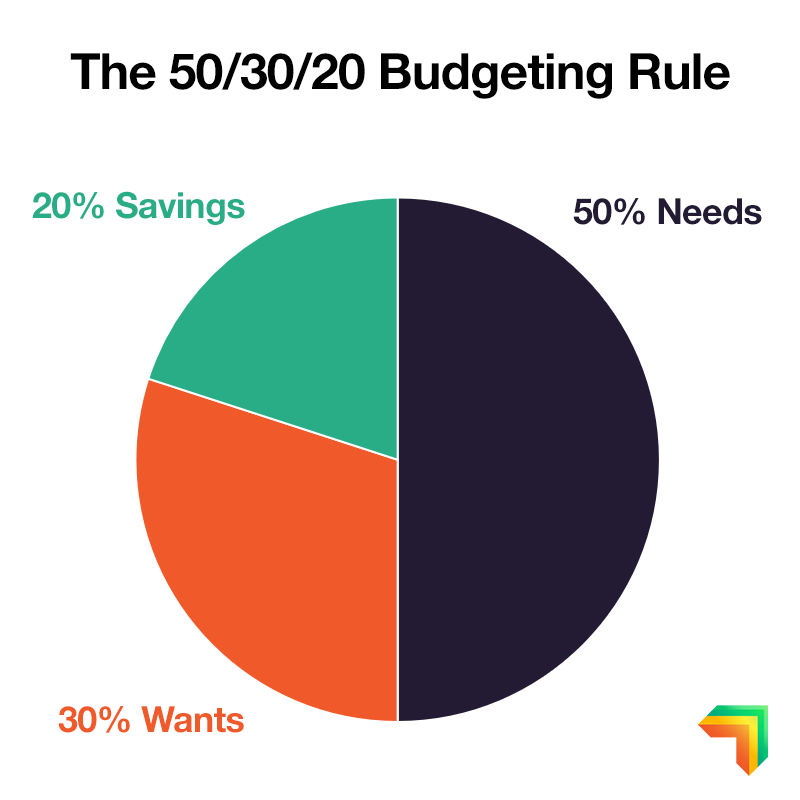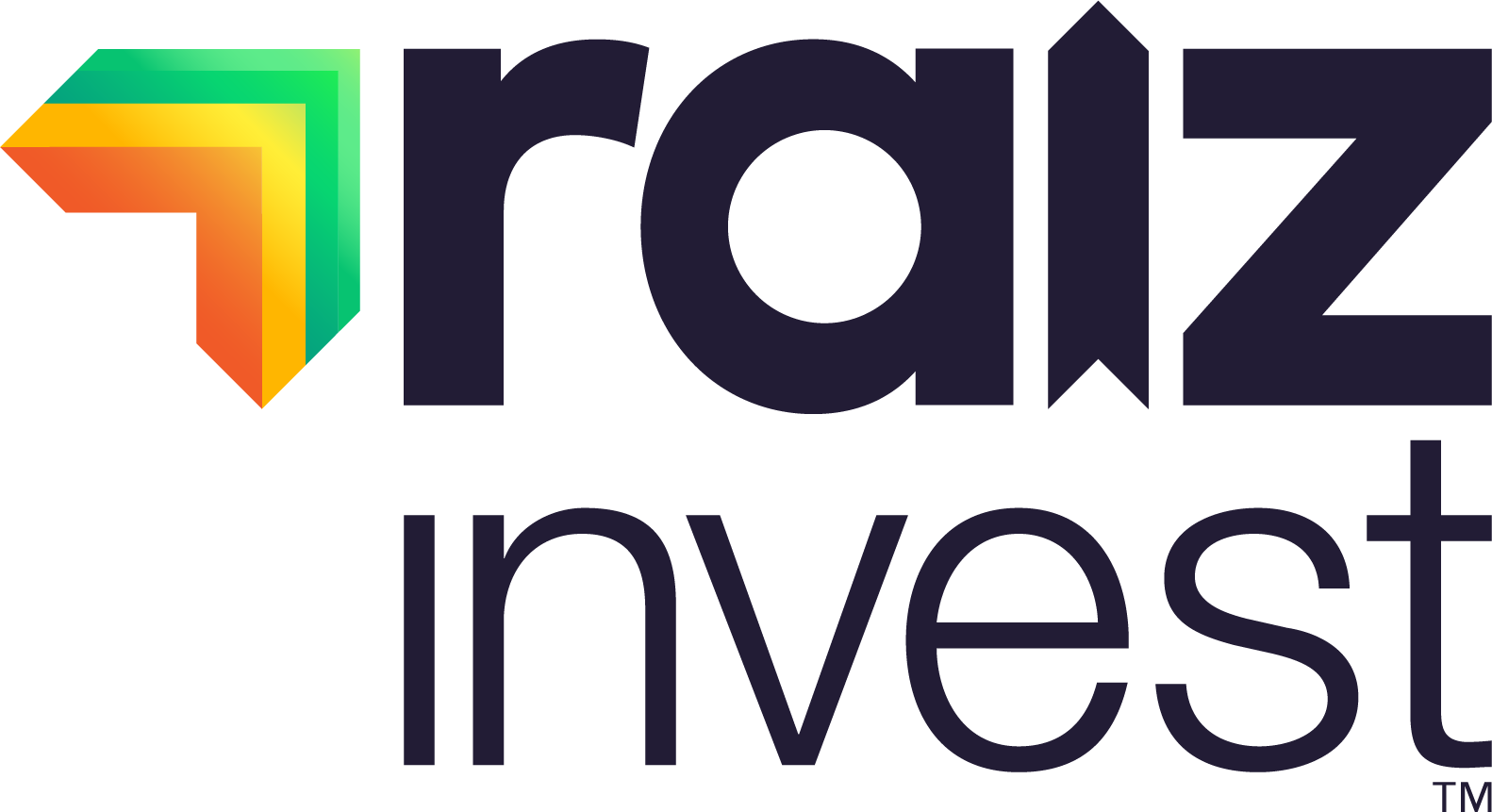How to: Spend in line with your salary

Everyone’s spending habits differ, just like everyone’s salary differs. Learning how to spend in line with your salary whilst battling a range of competing expenses and trying not to compromise on your savings can be a difficult skill to master.
The first step to keeping your spending under control is knowing your own spending patterns. If you are a Raiz user and have linked a spending account, then you can use the My Finance feature of the Raiz app to see how much you are spending each month, and in what categories. The app will also provide you with spending alerts to your mobile phone.
You can also ask our AI powered chatbot Ashlee questions such as “how much did I spend on food last month” (to access just go into your Facebook Messenger app and search for ‘Raiz Chatbot’).

Alternatively, you can add up your expenses manually by going through and analysing your bank statement from last month (remember to include any regular debt repayments).
Once you know how much you are spending, you can then compare this amount to your after-tax income and adjust spend accordingly. Regardless if you’re spending above or below your income, we suggest a savings first mindset, that is, spend what is left after saving.
Transferring savings straight out of your pay and into an account like Raiz, where it is hard to touch the money, can be a useful strategy to regulate your spending.
The best method to calculate how much you should be spending and saving is to create a budget.
There are several types of budgeting plans out there that you can choose from. A simple budgeting strategy is the 50/30/20 budget, where you allocate 50% of income towards needs, 30% towards wants, and 20% savings. Remember the KISS principle (keep it simple stupid).

If you follow a budget like this the first thing you should do after being paid is to transfer the 20% into your special investing/savings account. We wrote about this budgeting method in our last ‘How to’ series entry, which you can read here.
You will need to continue tracking your spending to make sure you’re on course and not spending too much to force a dip into your savings. Tracking also makes it easier to adjust your budget to fit changing circumstances.
Impulse Purchases
One factor that can hinder your ability to follow a budget and keep your spending in line with your salary are impulse purchases. An Impulse purchase is characterised as any purchase that is unplanned or spontaneous.
Have you ever found yourself waiting in line to pay at a supermarket, and at the last minute decide to buy a chocolate bar conveniently located next to the register? That’s a common impulse purchase, and although fairly innocuous in this example, if done repeatedly overtime, and for more expensive products, can eat into your finances.
In general, people tend to overestimate their ability to control impulsive behaviour, a phenomenon known as restraint bias. This also applies to impulse purchases. Reading this now you might be thinking it wouldn’t be that hard to resist an impulse buy, but when exposed to stimulus in a shop, be it brick and mortar or online, your self-control probably isn’t as effective as you might think.
Some strategies to help control impulse buying include:
- Sticking to a shopping list. If it’s not on your predetermined list, don’t buy it!
- Give yourself a ‘cooling off period’ before making any unplanned purchases by waiting a day before buying. This effectively lessens the spontaneous nature of impulse purchases by separating yourself from the initial urge.
- Be mindful of your emotions and keep your budget in mind. Realise that what you are feeling could be an impulse, and critically challenge your thoughts on whether you need to buy it. Think to yourself “do I really need this” and “can my budget afford this purchase.”
- Use our chatbot Ashlee and ask her if you can afford what you are about to buy.
Previous entries in our ‘How to’ series:
Don’t have the Raiz App?
Download it for free in the App store or the Webapp below:

Important Information
The information on this website is general advice only. This means it does not take into account any person’s particular investment objectives, financial situation or investment needs. If you are an investor, you should consult your licensed adviser before acting on any information contained in this article to fully understand the benefits and risk associated with the product.
A Product Disclosure Statement for Raiz Invest and/or Raiz Invest Super are available on the Raiz Invest website and App. A person must read and consider the Product Disclosure Statement in deciding whether, or not, to acquire and continue to hold interests in the product. The risks of investing in this product are fully set out in the Product Disclosure Statement and include the risks that would ordinarily apply to investing.
The information may be based on assumptions or market conditions which change without notice. This could impact the accuracy of the information.
Under no circumstances is the information to be used by, or presented to, a person for the purposes of deciding about investing in Raiz Invest or Raiz Invest Super.
Past return performance of the Raiz products should not be relied on for making a decision to invest in a Raiz product and is not a good predictor of future performance.



